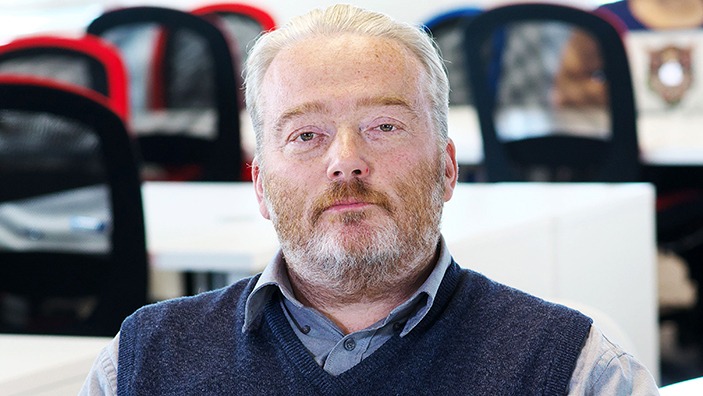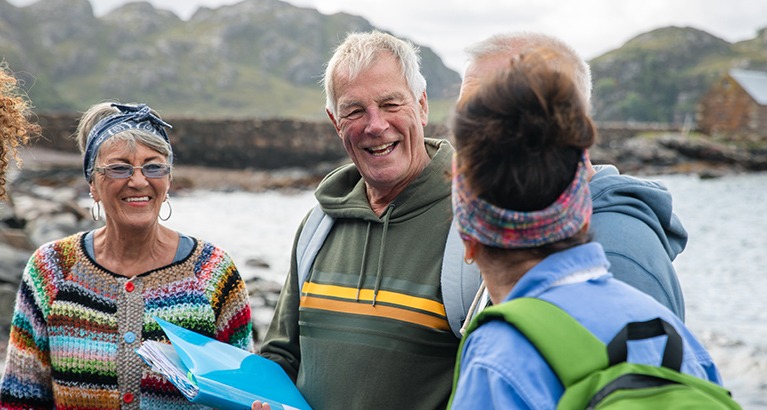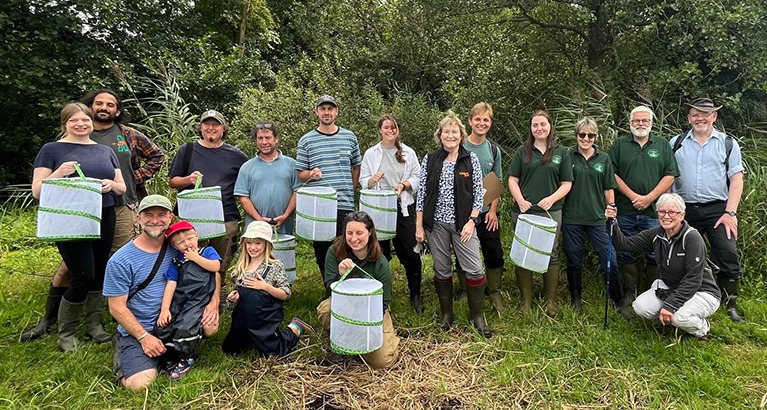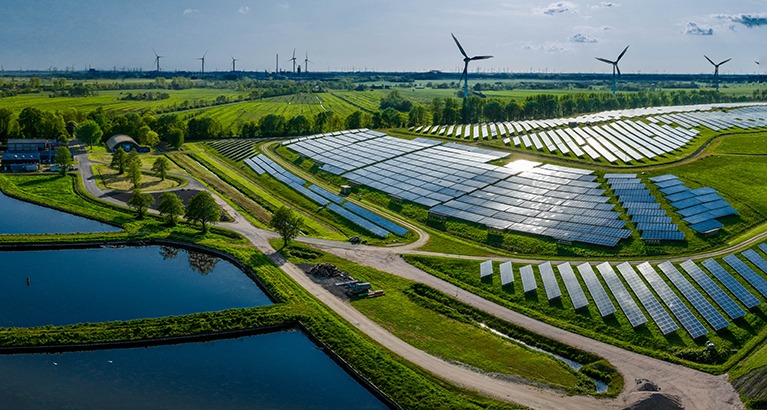Three organisations – Cambridge Judge Business School, Fauna & Flora, and the Endangered Landscapes & Seascapes Programme – have partnered to work on a guide outlining how to set up and run what are being called nature-positive enterprises (NPEs).
The 95-page guide, entitled – Practitioner’s toolkit for nature-positive enterprises, was co-authored by Nicole Helwig, Executive Director of the Cambridge Centre for Social Innovation (CCSI) at Cambridge Judge, and Mark Goodson, Head of Practice at Cambridge Social Ventures (part of CCSI). The other co-authors are Kiran Mohanan, Mrunmayee Amarnath, Rhona Perkins and Vivian Hughes from Fauna & Flora.


Advice for those setting up nature-positive enterprises
The toolkit is divided into 4 chapters to guide NPE practitioners:
- assessing business opportunities
- business design
- launching a business
- managing the business
Every chapter is then divided into sub-themes – going into detailed guidance on aspects such as setting objectives, drafting financial strategy, drafting marketing strategy and scaling positive impact.
“Nature-positive enterprises are distinct from social enterprise. The primary objective of NPEs is achieving biodiversity outcomes, it is not about number of beneficiaries but about promoting sustainable use of natural resources and generating finance for biodiversity conservation – thus the need to develop this toolkit more tailored for NPEs,” says co-author Kiran Mohanan from Fauna & Flora. By combining CCSI experience in social enterprise with Fauna & Flora’s experience in nature-positive enterprise, this toolkit provide best-practice guidelines for conservation practitioners setting up NPEs globally.
The authors worked with 9 enterprises from countries that included Romania, Bulgaria, Madagascar, Turkey and Ethiopia – and these enterprises are included in the toolkit as case studies to illustrate various aspects of nature-positive enterprises.
Toolkit provides advice on impact and assessing opportunities
One key section of the toolkit outlines steps in the process of impact evaluation of NPEs, which “must be scientifically sound, practically implementable and straightforward” – and the toolkit urges NPEs to identify the impact they aim to achieve by using a Theory of Change (ToC). The outcomes sought through such an approach include:
- economic benefits to communities
- non-economic benefit to communities such as influencing local market practices or enhancing local knowledge
- behaviour change in communities towards conservation
- financial resource for conservation
In the chapter on ‘Assessing Opportunities’, the toolkit includes sections on:
- landscape goals and activities (including restoration goals and key threats to biodiversity)
- landscape boundaries (such as the physical characteristics of the landscape and current land ownership)
- local economy (including successful enterprises already present in the landscape and like-minded private-sector actors)
- contextual analysis (such as species of fauna and flora, and amenity values for tourism)
- local society (such as urbanisation, skills held by the local community and level of community engagement in conservation)
Five takeaways from the Practitioner’s toolkit for nature-positive enterprises
Nicole and Kiran outline their takeaways from the toolkit – subtitled ‘Guidance on setting-up and running small and medium enterprises for nature restoration and conservation’ – and how they fit broader principles and objectives of social enterprise:
1
Creating a clearly beneficial effect
The term “nature-positive enterprise” (NPE) is something that the toolkit focuses on to make clear that these enterprises were having a clearly beneficial effect rather than simply a connection with nature. An NPE is described in the toolkit as a “financially viable business entity that sustainably derives value from natural and social capital in a land/seascape to attract and generate sustainable finance and positively contribute to nature conservation and restoration by ensuring local actors are equitably benefited.”
The definition above is a mouthful, but the simple sentiment underlying it is that an NPE not only has to positively benefit nature but should also be financially viable. This is fully consistent with the basic premise of social enterprise: such a business need not be hugely profit-making, but it needs to be sustainable in terms of paying salaries and investing for future growth and opportunities.
2
Nature-positive enterprises need sound processes like other businesses
Just like other businesses, NPEs need a clear business strategy, secure financing, a system for evaluating impact and risks, and efficient processes in place for operations and management. The main challenges for many NPEs that might be different from other firms include lack of business expertise and limited access to finance. Finding markets for sustainably raised produce is also often a challenge, because as NPEs are often based close to nature that puts them at a disadvantaged position in terms of road and market access.
3
Transferrable skills are key for social enterprises and ventures
Transferable skills are really important in all walks of life, but particularly for social enterprises and ventures. At Cambridge Social Ventures, we say that each of our social entrepreneurs is an expert in something. That expertise could be informed by lived experience or from years of work in the field. Creativity in a broad sense could be seen as a bridge from that expertise to entrepreneurship..
4
Great ideas are brought to life through key business skills
I (Nicole) come from an arts background and have experience creating a dance centre. I had never considered myself to be entrepreneurial. It did not seem to apply to me as a dancer. However, that experience showed to me that setting up an arts organisation was not so different from setting up a business. There are similar transitions in NPEs, as founders with expertise in biodiversity conservation creatively come up with great ideas which they bring to life through skills ranging from fundraising to people management to operations.
5
Social enterprises and ventures need to be realistic
Social enterprises/ventures often need to be pragmatic, remaining fully committed to mission while taking on board real-world barriers and limitations. This is not selling out – but it’s being realistic in terms of what is achievable at a point in time in a particular context. For example, while there is much hype about impact investing and conservation finance, these still tend to be based on conventional financial instruments. This could translate into NPE founders needing to manage the tensions between investors expecting the NPE to go to scale although there are clear ecological limitations to the growth of the venture. The challenge is to find alignment while keeping the long-term impact in view.
Cambridge Centre for Social Innovation
The Cambridge Centre for Social Innovation (CCSI) is one of the research centres at Cambridge Judge Business School. The centre builds best practices across business, civil society, policy and academia for a more sustainable world.
Cambridge Social Ventures
Cambridge Social Ventures is part of the Cambridge Centre for Social Innovation. It supports the development and growth of a whole range of businesses that have positive social and environmental impacts through training and workshops.





